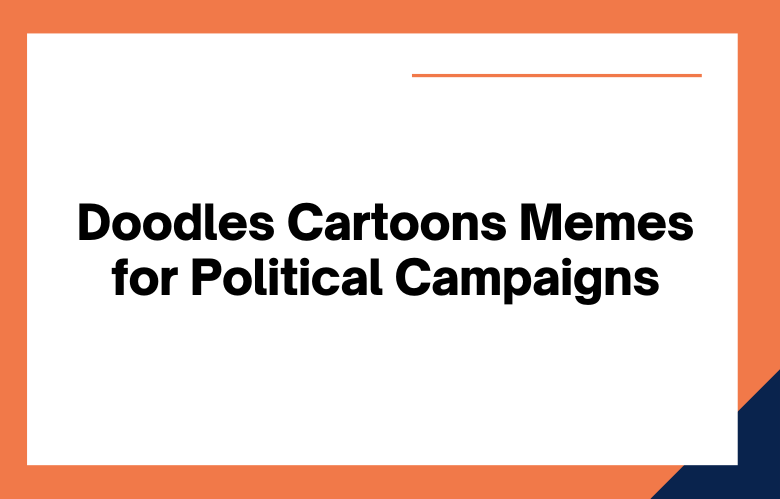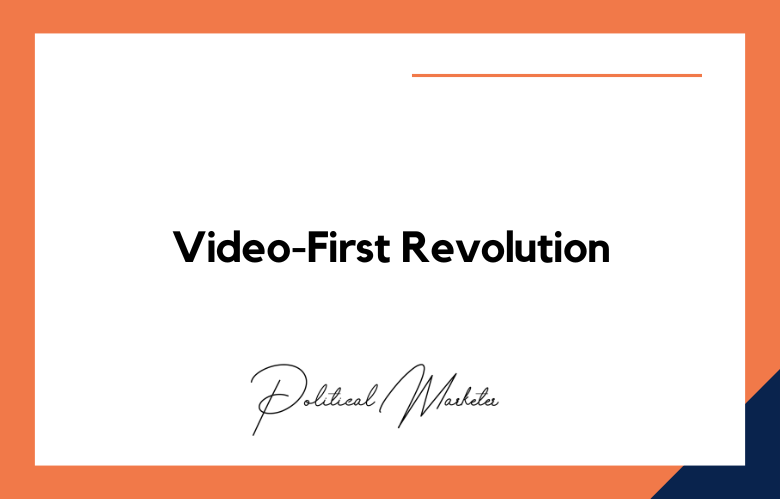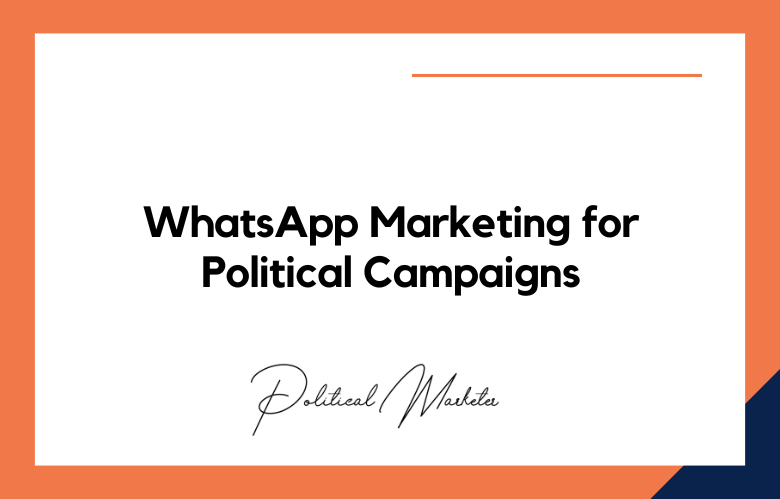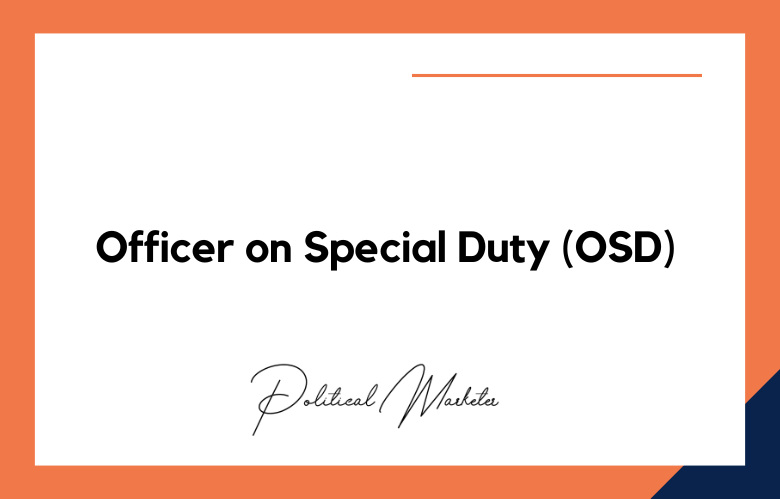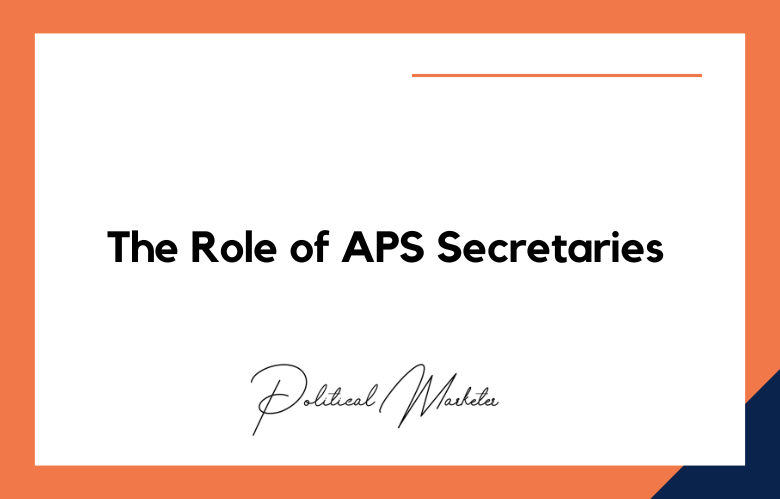In the age of social media, political campaigns have become increasingly reliant on doodles, cartoons, and memes to engage with their target audiences.
While these mediums are often associated with jokes and lightheartedness, they can also be powerful tools for conveying important messages and raising awareness.
Let’s look at how political campaigns have utilized doodles, cartoons, and memes in recent years.
What are the Risks of Doodles, cartoons, and Memes?
While doodles, cartoons, and memes can be practical tools for political campaigns, creating this type of content always involves risk.
It can backfire drastically when done wrong – offending viewers or coming off as insensitive or inappropriate.
It is, therefore, important that political campaigns exercise caution when producing this kind of content to avoid alienating potential voters who may disagree with their views or messaging strategy.
How Political Campaigns Leverage Doodles, Cartoons, and Memes
Political campaigns are always looking for ways to reach and engage voters in the most effective way possible.
One of the most popular strategies for doing so is through doodles, cartoons, and memes. This type of content can quickly capture people’s attention, create brand recognition, and generate engagement.
Let’s examine how political campaigns leverage doodles, cartoons, and memes to their advantage.
Campaigns get creative with Cartoons and Memes.
Technology has evolved significantly in the past few decades, and political campaigns have had to change their strategy to keep up.
Political campaigns increasingly use doodles, cartoons, and memes to market themselves more engagingly. Let’s explore why these tactics are so effective in modern campaigning.
Why use Doodles?
Doodles are great for engaging your audience because they are simple, easy-to-understand visuals that can pack a lot of punch.
Doodles can draw attention to an issue or emphasize a point you want to make about your campaign or platform. They are also perfect for conveying complex political problems concisely yet meaningfully.
For example, you could use a doodle on gun control or climate change that captures the issue’s essence without wasting too much space on your website or social media post.
Plus, doodles have the added benefit of being eye-catching and memorable – two elements essential for any successful political campaign strategy!
Why use Cartoons?
Cartoons are famous because they offer an entertaining way to educate people about important topics and issues related to politics.
When used correctly, cartoons can communicate complicated messages quickly, making them easier to digest and understand.
Furthermore, they add visual interest, which helps grab people’s attention and encourages them to learn more about the candidate’s platform.
Cartoons often evoke strong emotions, which allow candidates to stand out from their competitors by creating an emotional connection with their audiences.
Why use Memes?
Memes are potent tools for campaigning. Due to their humorous nature and relatable content, they quickly spread across social media platforms like wildfire.
A well-crafted meme can be one of the most effective ways to get your message out there, as it is both entertaining and informative at the same time.
The key here is that memes should be timely so they don’t feel outdated or irrelevant soon—this requires continuous monitoring of current events to stay ahead of the competition!
Leveraging Doodles, Cartoons, and Memes in Political Campaigns
Technology has made it easier for political campaigns to reach potential voters online.
Candidates can now use doodles, cartoons, and memes to engage with their target audiences in a more fun and creative way.
These tools help raise awareness about the candidate’s platform and make the content more shareable across social media.
Let’s break down why using doodles, cartoons, and memes can benefit political campaigns.
Doodles
Doodles are simple drawings that often incorporate words or symbols of an organization or event to promote them.
For example, during the 2020 US Presidential Election campaign season, Joe Biden’s campaign used several doodles –
Including one featuring his running mate Kamala Harris – to generate interest among potential voters. The cartoon-like images were shared widely on Twitter and Instagram and helped to draw attention to the candidates’ policies.
Cartoons
Cartoons are a great way for political campaigns to get their message across entertainingly.
During the 2016 US Presidential Election season, Hillary Clinton’s campaign released a series of animated videos featuring characters such as
“Donald Trump” focused on issues like immigration reform and climate change. These videos were widely shared online and helped to raise awareness about her platform.
Memes
Memes are another popular medium for political campaigns, as they allow people to share their messages easily online.
During the 2020 US Presidential Election campaign season, Bernie Sanders’ team created a meme generator where users could customize images with their text to express support for his candidacy.
This was a great way for supporters to show solidarity while amplifying his message across social media platforms like Twitter and Facebook.
Engaging Visuals
The most significant benefit of using cartoons and memes is that they engage viewers in a way that traditional campaign ads cannot.
A creative cartoon or meme can quickly and effectively capture someone’s attention as it stands out from other sources of information, which may be more text-heavy or fact-based.
This can help your message stand out from the competition and make a political candidate or issue more memorable.
Unique Perspectives
Cartoons and memes also allow you to share your message from a unique perspective.
For example, rather than giving a long list of reasons someone should vote for you, you can illustrate those reasons in a cartoon or meme.
This helps bring your message alive in a way that text cannot, allowing your audience to connect emotionally with your message and logically understand it.
Shareable Content
Cartoons and memes are much easier to share than most other types of content.
People often send links to exciting cartoons or memes they find online—and if your campaign has created something eye-catching and memorable, it could go viral quickly!
Plus, since comics and memes are usually short and sweet, they don’t require a lot of time investment from the viewer—so if someone likes what they see on social media, they will be much more likely to share it with their friends and family!
Conclusion
Doodles, cartoons, and memes may seem like simple forms of communication, but they can be effective ways for political campaigns to reach out to potential voters.
By creating engaging, easily shareable content online, candidates can reach more people than ever – making these mediums invaluable tools for any successful campaign strategy!
So, if you’re looking for ways to make your message stand out from the crowd this election season, why not try doodles, cartoons, or memes? You never know what kind of response you might get!
Call: +91 9848321284
Email: [email protected]

